Journal of Biomolecular Structure and Dynamics ( IF 2.7 ) Pub Date : 2023-09-14 , DOI: 10.1080/07391102.2023.2258402 Taghrid S AlOmar 1 , Abdur Rauf 1, 2 , Umer Rashid 3 , Sehrish Sarfaraz 3 , Khurshid Ayub 3 , Fahad Hussain 3 , Najla Almasoud 1 , Abdulaziz S AlOmar 4 , Gauhar Rehman 5 , Zubair Ahmad 2 , Naveed Muhammad 6 , Zafar Ali Shah 7
Abstract
In recent years, there has been growing interest in exploring natural compounds with anti-inflammatory properties for potential therapeutic applications. This study focuses on investigating the anti-inflammatory potential of peshawaraquinone (PAQ), a compound isolated from Fernandoa adenophylla, which is known for its local use in pain relief. We aim to evaluate the efficacy of peshawaraquinone in both in vitro and in vivo models and gain insights into its mode of action. In the in vitro Human red blood cell (HRBC) assay, various concentrations of peshawaraquinone were tested for their ability to inhibit the hemolysis of red blood cells, a well-established indicator of anti-inflammatory activity. The results demonstrated a maximum percent inhibition of 79.69 at a concentration of 100 µM, indicating significant anti-inflammatory potential. Furthermore, the in vivo xylene-induced ear edema model was employed to assess the compound’s efficacy in reducing inflammation. Xylene was topically applied to the ear to induce edema, and peshawaraquinone was administered to evaluate its inhibitory effects. The findings revealed a substantial 74.19% reduction in ear edema, accompanied by decreased ear thickness and histopathological improvements, such as inhibited cell infiltration and epidermal hyperplasia. To gain further insights into the compound’s mechanism of action, density functional theory (DFT) calculations were performed to investigate its spectroscopic characteristics and geometric properties. Additionally, docking studies were conducted on key targets involved in inflammation, including COX-1 and COX-2. In conclusion, this study showcases the significant anti-inflammatory potential of peshawaraquinone, offering promising prospects for its use as a natural anti-inflammatory agent. The results from both in vitro and in vivo models, as well as the mechanistic insights gained from computational analyses, provide a solid basis for further exploration of peshawaraquinone’s therapeutic applications.
Communicated by Ramaswamy H. Sarma
中文翻译:

从 Fernandoa adenophylla 中分离的 peshawaraquinone 的分子对接、DFT 研究和抗炎评价
抽象
近年来,人们对探索具有抗炎特性的天然化合物的潜在治疗应用越来越感兴趣。本研究的重点是调查 peshawaraquinone (PAQ) 的抗炎潜力,PAQ 是一种从 Fernandoa adenophylla 中分离的化合物,以其局部用于缓解疼痛而闻名。我们的目标是评估 peshawaraquinone 在 体外和 体内模型中的疗效,并深入了解其作用方式。 在体外人红细胞 (HRBC) 测定中,测试了不同浓度的 peshawaraquinone 抑制红细胞溶血的能力,这是公认的抗炎活性指标。结果表明,在 100 μM 的浓度下,最大抑制百分比为 79.69,表明具有显着的抗炎潜力。此外, 采用体内二甲苯诱导的耳水肿模型来评估该化合物在减轻炎症方面的功效。二甲苯局部应用于耳部以诱导水肿,并给予 peshawaraquinone 以评估其抑制作用。研究结果显示,耳水肿显着减少 74.19%,伴随着耳朵厚度减少和组织病理学改善,例如抑制细胞浸润和表皮增生。为了进一步了解化合物的作用机制,我们进行了密度泛函理论 (DFT) 计算以研究其光谱特性和几何性质。此外,对参与炎症的关键靶点进行了对接研究,包括 COX-1 和 COX-2。 总之,本研究展示了 peshawaraquinone 的巨大抗炎潜力,为其用作天然抗炎剂提供了有希望的前景。体外和 体内模型的结果 ,以及从计算分析中获得的机制见解,为进一步探索 peshawaraquinone 的治疗应用提供了坚实的基础。
通讯人:Ramaswamy H. Sarma







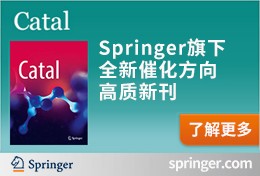
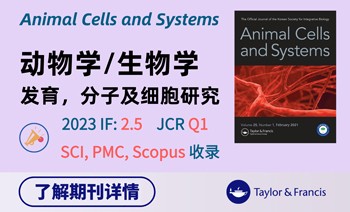











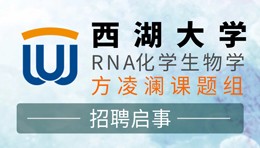
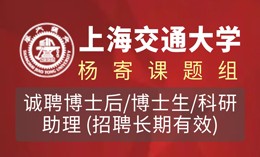



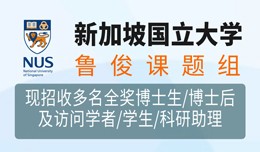
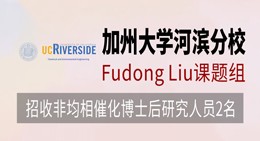
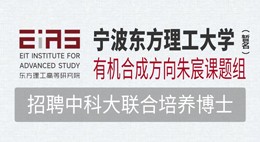



 京公网安备 11010802027423号
京公网安备 11010802027423号